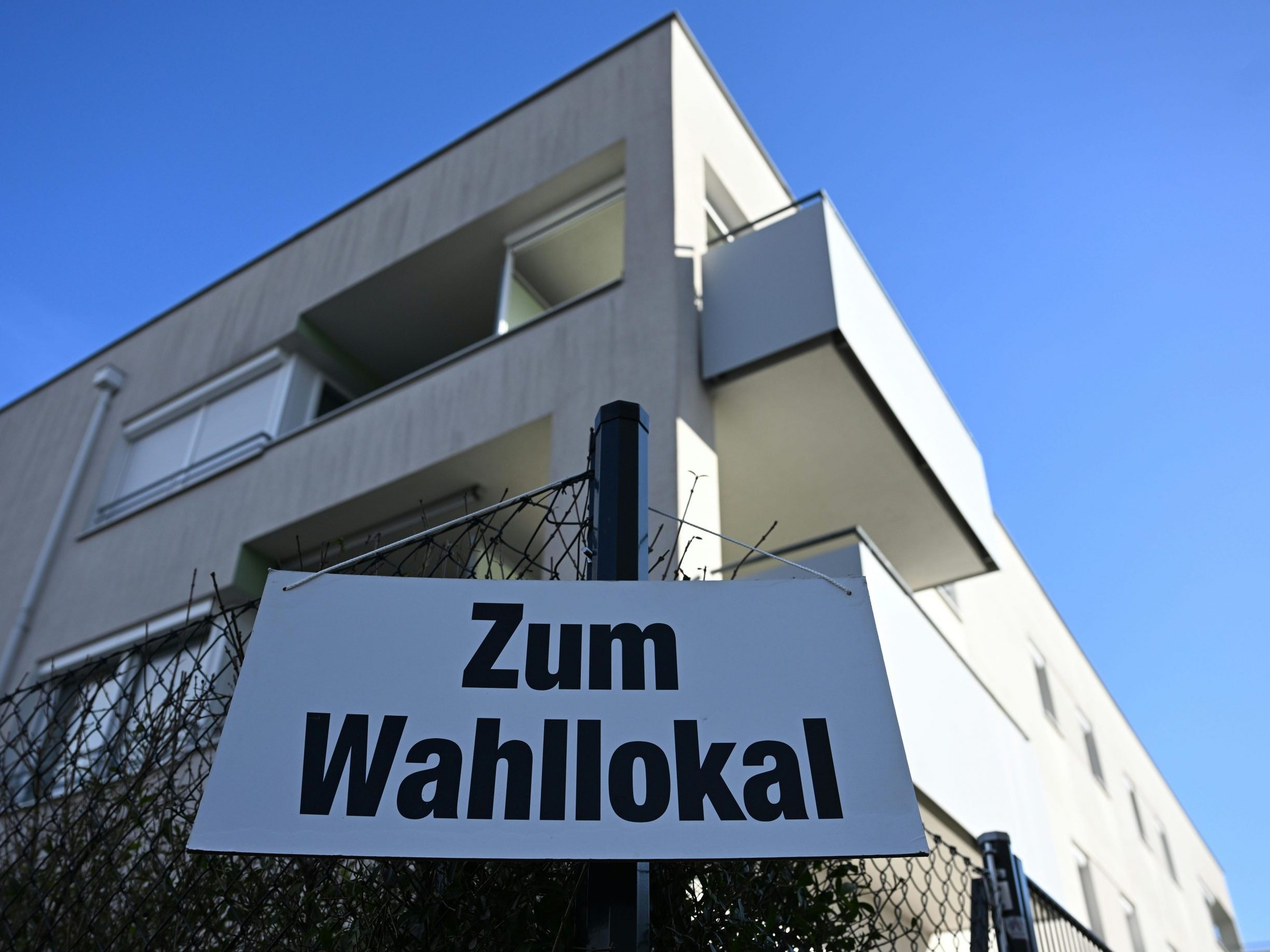Lower Austria State Elections: ÖVP Falls Below 50 Percent

The ÖVP achieved less than 50 percent nationwide for the fourth time in the Lower Austrian municipal elections on Sunday. With 46.97 percent (minus 5.86 percentage points), the People's Party remained the clear number one at the municipal level. The "fictitious state result" was just below that of 1995 with 47.34 percent.
Premiere for FPÖ at Lower Austrian Municipal Elections
They were followed by the SPÖ with 26.39 percent (2020: 27.73) and the FPÖ with 13.05 percent (plus 7.26 percentage points), their best result at the municipal level in the state. The Greens achieved 4.69 percent (minus 1.23 percentage points), the NEOS 1.77 percent (plus 0.52 percentage points). Lists accounted for 7.14 percent after 6.49 percent five years ago. In mandates this meant: V 6,448 (568 less than 2020), S 2,999 (minus 126), F 1,316 (plus 832), G 307 (minus 103), N 85 (plus 27). Lists accounted for 718 seats (plus 86).
The 15th general municipal elections since 1955 in Lower Austria have also brought premieres with majorities for the FPÖ. According to the preliminary results, the Freedom Party was ahead in three of the 568 municipalities where voting was called. The "blue stronghold" was Enzersdorf an der Fischa (Bruck an der Leitha district) with 35.71 percent. In Lassee (Gänserndorf district), 32.59 percent meant first place, in Pernitz (Wiener Neustadt-Land district) 26.58 percent each.
The ÖVP experienced bitter defeats in Zwettl with a minus of 25.61 percentage points and in Baden with 17.22 percentage points less than in 2020. In the Waldviertler district town, the People's Party plummeted from 73.70 to 48.09 percent and also lost the absolute majority with 18 (29) of 37 mandates. The big winner was the new list "Zwettl needs Team Alex Leutgeb" (ZBTA) with 27.94 percent and eleven seats in the town hall right away. In Scheibbs, a minus of 18.21 percentage points to 39.68 percent also meant that the absolute majority is gone. While the People's Party in Waidhofen a.d. Thaya increased to 52 percent, the majority of mandates was lost in Gänserndorf and Hollabrunn.
In Wiener Neustadt, the largest city where municipal elections were held on Sunday, the ÖVP clearly defended the first place won for the first time in 2020 despite losses. 35.85 percent were 9.16 percentage points less than in 2020. "This is not a result we wished for, but it is a result with which we can continue to shape the future of our city," commented Mayor Klaus Schneeberger on the performance of the ÖVP, among whose candidates in Wiener Neustadt was also the acting federal party leader Christian Stocker, current first "vice".
SPÖ Minus in Bruck an der Leitha and Traiskirchen
In Bruck an der Leitha, the SPÖ lost its only absolute majority in a district capital. 46.63 percent was a decrease of 10.08 percentage points. With 16 out of 33 mandates, the mayor's party will have to find a partner in the future. The options are the ÖVP with seven (8) mandates, the Bürgerliste Bruck-Wilfleinsdorf (LBW) with five (2), the FPÖ with three (1), and the Greens with two (2) seats. The first municipal election after Andreas Babler brought the SPÖ in Traiskirchen (Baden district) a significant decrease of 11.99 percentage points. However, the mayor's party, now under Sabrina Divoky, still holds a clear absolute majority with 59.54 percent. 23 of the 37 seats in the town hall are five less than in 2020. Nearly 60 percent are "not a given," says the city's mayor.
The Greens in Mödling narrowly missed a sensation and first place. With 26.51 percent (minus 0.02 percentage points), they were just behind the ÖVP, which reached 27.25 percent (minus 10.14 percentage points). In third place was the SPÖ with 22.82 percent and a plus of 4.48 percentage points. By mandates: V 12 (16), G 11 (11), S 10 (8) as well as FPÖ 4 (2), NEOS 3 (3) and Wir für Mödling (WIR) 1 (1).
In Klosterneuburg (Tulln district), the second largest city where elections were held, the ÖVP and NEOS could continue to govern together if they agree to further cooperation. They achieved 22 out of 41 mandates - People's Party 17 (18), the Pinks five (3). The further seat distribution: G 6 (9) F 5 (2), SPÖ and Plattform unser Klosterneuburg (PUK) as before each 4.
No Elections in St. Pölten and Krems
In the municipal elections in 568 of the 573 Lower Austrian municipalities, 1,940 parties and lists ran, there were 1,307,510 eligible voters. No elections were held in St. Pölten, Krems and Waidhofen a.d. Ybbs. In contrast to Wiener Neustadt, the three other Lower Austrian charter cities call for voting at different times. No elections were also held in Pernersdorf (Hollabrunn district) and Vösendorf (Mödling district). The local ballot boxes from January 28 or May 5, 2024, are considered general municipal elections 2025 according to the Lower Austrian municipal election regulations and will therefore also be found in the result lists from Sunday.
The mayors in Lower Austria are not elected directly, but by the respective municipal councils. Second home owners are no longer eligible to vote. For the first time, only official ballot papers were available, a maximum of five preference votes can be given. The principle "name before party" still applies. Only the ÖVP fielded candidates in all 568 municipalities. Representatives of the SPÖ were found in 538 municipalities, representatives of the FPÖ in 444, the Greens in 116 and the NEOS in 52. In addition, there were 218 independent lists.
(APA/Red)
This article has been automatically translated, read the original article here.





